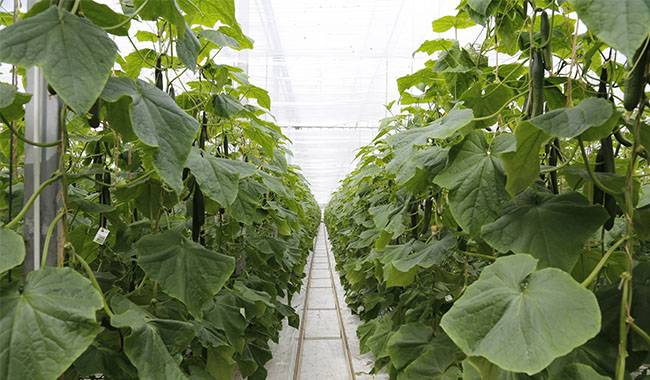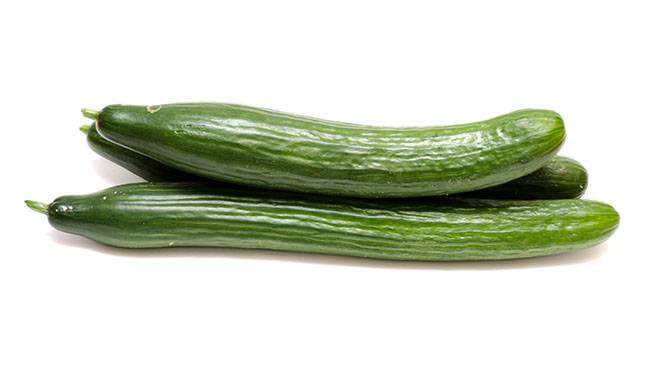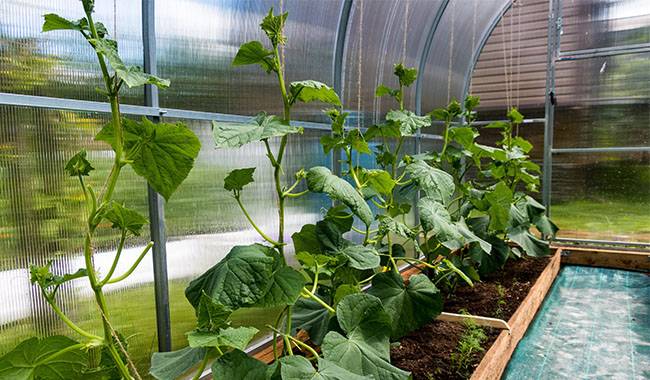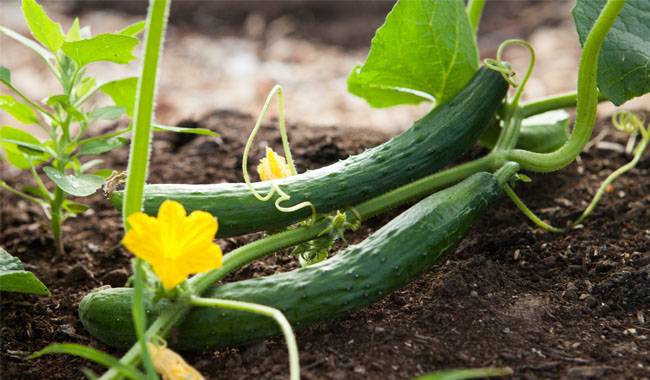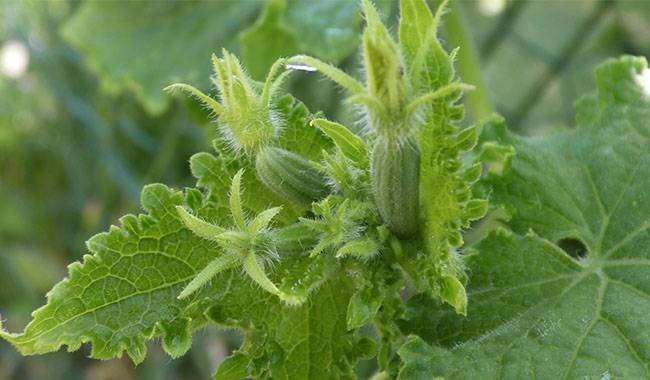
Healthy and strong vegetables are the dreams of every gardener. What can prevent a great cucumber harvest? The plant will face numerous diseases. But it can also be avoided if we knowing well about the reason which will cause the diseases.
This is a frequent problem in cucumber farming causes of micronutrient deficiency. The plant has a weak root system. It can be treated at an early stage, or even prevented at all.
Even with poor nutrition, plants will produce fruits, but they are unlikely to be satisfactory in appearance and taste.
THERE ARE FOUR MAIN CONSEQUENCES OF MALNUTRITION
- If there is not enough water, the cucumber will grow crooked and skinny
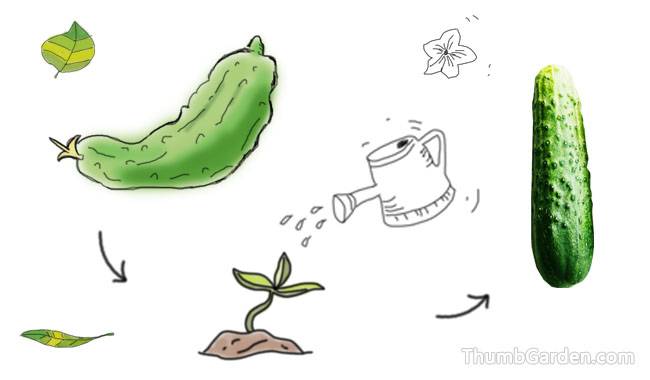
2. A cucumber crop that is impatient and fussy does not like many things, such as watering with cold water, and the fruit will shrivel up midway. But it is the lack of micronutrients that leads to the most unpleasant consequences: cucumbers grow tasteless and ugly, are stored soon, and form slowly.
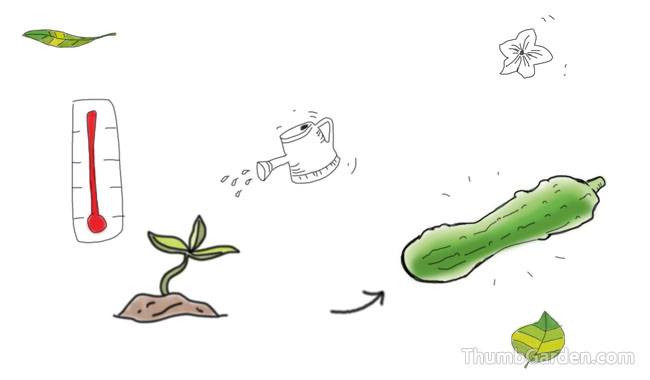
3. If there is little nitrogen, the tips bend and turn yellow.
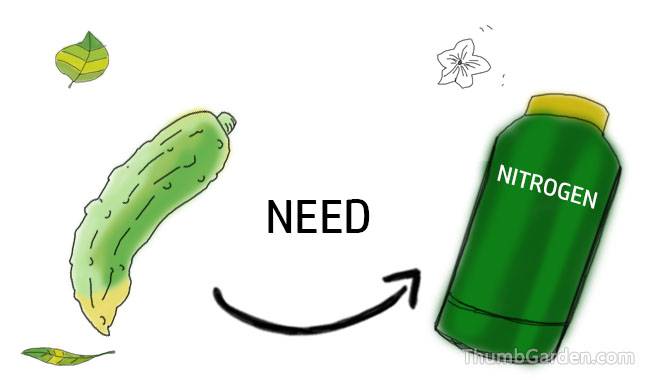
4. Pear-shaped cucumbers grow when potassium is deficient.
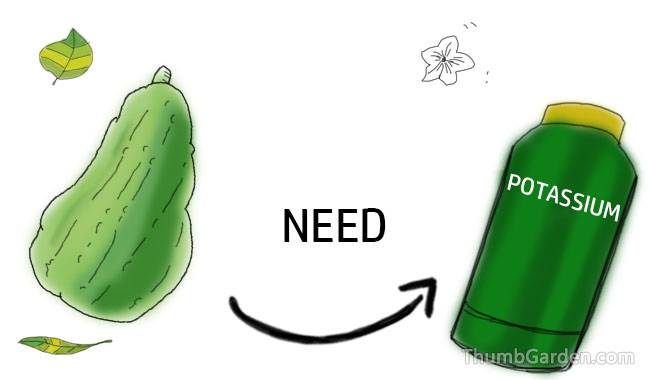
The only way to achieve a good harvest is to replenish the soil around the plant with nutrients. Previously, in order to achieve this, it was necessary to study the leaves and to detect cultural deficiencies through indirect signs.
But now there are sophisticated means. For example, liquid fertilizers.
The tool is very simple to use: just dilute it with water in the ratio of 1 cap per 5 liters of root dressing and 10 liters of foliar treatment.
Proper feeding is a guarantee of healthy plants and tasty fruits. However, it is important not only to make up for deficiencies in a timely manner but also not to overdo them. An excess or overdose of micronutrients is also harmful.
So how to solve the problem of vitamin deficiency in plants? Let us know in the comments.




